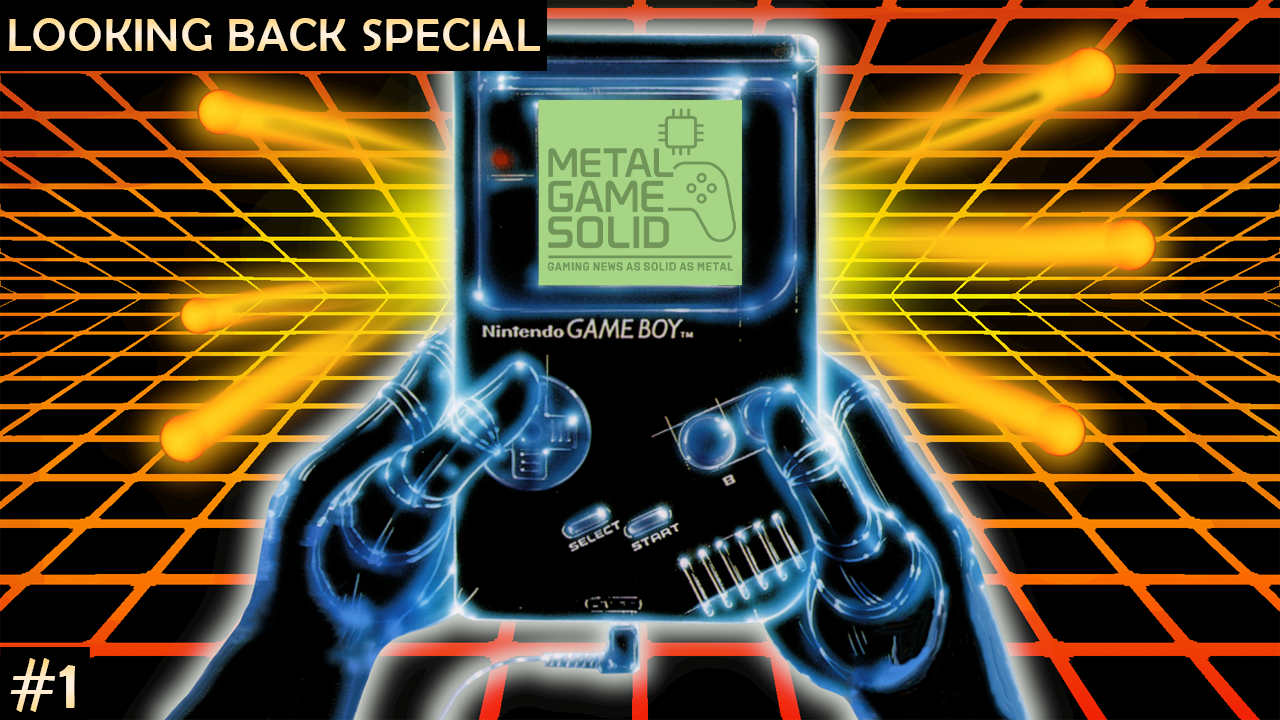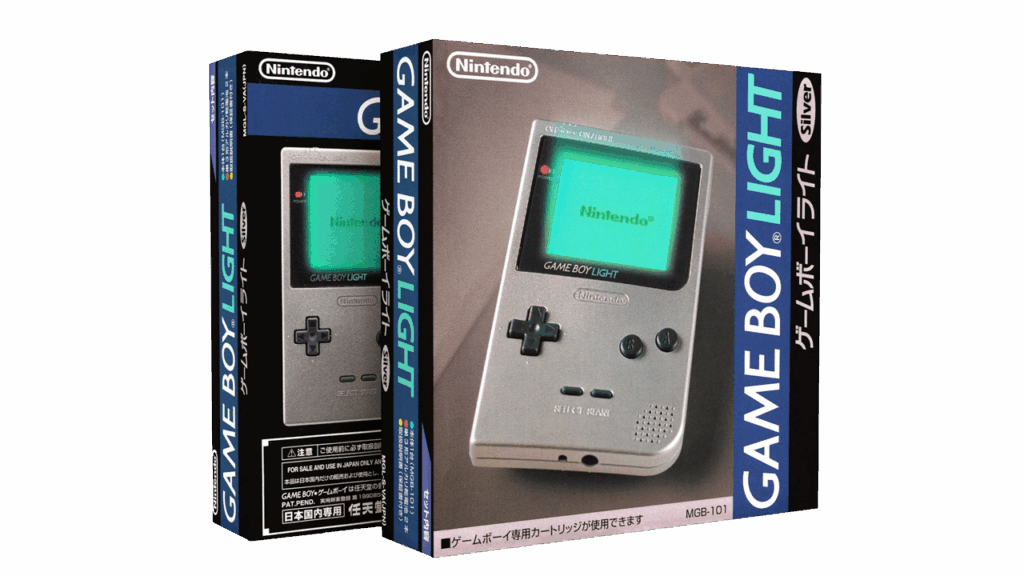
Normally, in the Looking Back series, we revisit classic games that defined our childhoods and shaped the history of gaming. But for this special edition, I wanted to turn the spotlight toward a piece of hardware that changed everything, the Game Boy, known internally as the DMG-01 (Dot Matrix Game). Launched in 1989, it was far from a technical marvel, even at the time. Its monochrome display, modest 8-bit processor, and lack of backlighting made it look primitive next to its color rivals. Yet somehow, against all odds, Nintendo’s gray brick not only survived but completely dominated the handheld market, outlasting far more advanced competitors and selling over 100 million units worldwide.
Background
The Game Boy was designed by Gunpei Yokoi, the same mind behind the Game & Watch series. Yokoi believed in what he famously called “lateral thinking with withered technology”, using older, proven components in creative ways rather than chasing raw power. This philosophy defined the Game Boy’s success.
While Sega, Atari, and NEC raced to push more pixels, Nintendo focused on battery life, affordability, and accessibility. The Game Boy could run for over 15 hours on four AA batteries, compared to the Game Gear’s appetite for six batteries that drained in just a few hours. For kids and travelers in the late ’80s and early ’90s, that difference was everything.
Why It Stood Out
Beyond practicality, the Game Boy had something no other handheld could match, Tetris. Bundling the puzzle phenomenon with every console was a stroke of genius. It appealed to all demographics, from casual players to business commuters, helping Nintendo break through the perception that video games were only for kids.
But Tetris was just the start. Titles like Super Mario Land, Pokémon Red & Blue, The Legend of Zelda: Link’s Awakening, and Metroid II proved that developers could deliver full, rewarding adventures on the go. The Game Boy’s limited screen forced developers to focus on tight, addictive gameplay loops, a design discipline that gave rise to some of the most timeless games ever made.
The Competition
During its lifespan, the Game Boy faced an army of technically superior challengers, the Atari Lynx, Sega Game Gear, and NEC TurboExpress all boasted color screens and more powerful processors. But these handhelds were bulky, expensive, and devoured batteries. Nintendo’s simple, durable design became its greatest weapon. Kids could drop it, scratch it, or carry it in a backpack for years, it would keep going.
Even the screen’s limitations became part of its charm. That pale green display with its faint ghosting effect was instantly recognizable, and despite its simplicity, it gave the Game Boy a distinctive identity that defined an era.
Regional Differences
Interestingly, while the Japanese and Western Game Boys shared identical internal hardware, there were a few subtle distinctions that collectors and enthusiasts still talk about today. The most noticeable visual difference was the logo colo, early Japanese units featured a gray “Game Boy” logo, while Western units used dark blue. Packaging and marketing also varied, with Japan leaning toward a minimalist silver design and the West opting for a flashier, laser-themed look.
Functionally, however, both regions shared the same 8-bit Sharp LR35902 processor, display, and power setup. The only real distinction came from minor audio characteristics. Some early Japanese units, built on the first production boards (DMG-CPU-01), produce a slightly warmer, bassier sound compared to later Western models. This isn’t because of regional tuning, but rather component differences and revisions to the analog audio circuitry as Nintendo refined the design over time. Later DMG revisions sounded a bit cleaner and quieter, but the difference is so subtle that only dedicated chiptune musicians or modders tend to notice.
Otherwise, every Game Boy DMG, whether Japanese, American, or European, played the exact same cartridges, with no regional lockout, no performance differences, and the same timeless experience that united players around the world.
The Game Boy Pocket and Game Boy Light
As the years went on, Nintendo refined the original Game Boy rather than replacing it outright. In 1996, the company released the Game Boy Pocket, a smaller, sleeker version of the DMG that used just two AAA batteries instead of four AAs. The Pocket featured a much sharper true black-and-white display, replacing the original’s greenish hue, and felt far more portable thanks to its reduced size and weight.
Then, in 1998, Japan received an exclusive upgrade, the Game Boy Light. This rare variant was essentially a Pocket with a built-in electroluminescent backlight, finally allowing players to see their games in the dark without the need for an external “worm light” or lamp. It remains one of the most sought-after versions among collectors today, representing the final refinement of the original Game Boy line before the arrival of the Game Boy Color later that same year.

Legacy
The Game Boy didn’t just dominate its time, it created a blueprint for portable gaming. Its success shaped Nintendo’s handheld philosophy for decades, influencing everything from the Game Boy Color and Advance to the Nintendo DS and even the Switch.
It also cemented the idea that innovation isn’t always about power. Sometimes, it’s about smart design, affordability, and understanding the audience better than anyone else. Even today, a surviving Game Boy still turns on with that iconic “click,” reminding us why it became one of the most beloved pieces of gaming hardware ever made.
My Take
The Game Boy Color will always be my personal favorite, with its colorful shell designs and expanded library that made every cartridge feel new again. But the original Game Boy DMG holds a special place in my memories, it wasn’t just a console, it was the family handheld that introduced me to gaming on the go.
I can still picture it sitting on the coffee table, a little scuffed from years of use, with Tetris or Super Mario Land ready to go. Whenever it was my turn to play, I’d hold it up to the nearest lamp or window, angling it just right to make out the screen as the characters came to life in shades of green and gray. The batteries were always half-drained, the screen scratched from years of wear, but none of that mattered. Those moments felt magical, whether I was quietly playing in the living room or during long car rides, it was my escape into another world.
That bulky gray device wasn’t mine alone, but it shaped my early gaming memories more than anything else. The DMG may not have had color, backlighting, or power compared to its rivals, but it had heart, and it brought people together. Looking back, I realize it wasn’t just a handheld console, it was the start of a lifelong passion for games and the feeling of freedom that only portable gaming could offer.
